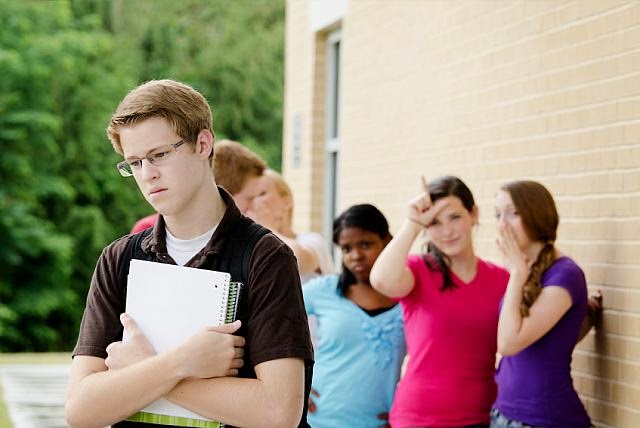Bullying is unwanted, aggressive behavior among school aged children that involves a real or perceived power imbalance.The behavior is repeated, or has the potential to be repeated, over time. Both kids who are bullied and who bully others may have seriuos, lasting problems.
In order to be considered bullying, the behavior must be aggressive and include:
- An Imbalance of Power: Kids who bully use their power—such as physical strength, access to embarrassing information, or popularity—to control or harm others. Power imbalances can change over time and in different situations, even if they involve the same people.
- Repetition: Bullying behaviors happen more than once or have the potential to happen more than once.
- Verbal bullying is saying or writing mean things. Verbal bullying includes;
- Social bullying, sometimes referred to as relational bullying, involves hurting someone’s reputation or relationships. Social bullying includes:
- Physical bullying involves hurting a person’s body or possessions. Physical bullying includes:
Facts & stats
The numbers continue to rise every month...
It is estimated that 160,000 children
miss school every day due to fear of attack or intimidation by other
students. Source: National Education Association.
American schools harbor approximately
2.1 million bullies and 2.7 million of their victims. Dan Olweus,
National School Safety Center.
- 1 in 7 Students in Grades K-12 is either a bully or a victim of bullying.
- 56% of students have personally witnessed some type of bullying at school.
- 15% of all school absenteeism is directly related to fears of being bullied at school.
- 71% of students report incidents of bullying as a problem at their school.
- 1 out of 20 students has seen a student with a gun at school.
- 282,000 students are physically attacked in secondary schools each month.
- Those in the lower grades reported
being in twice as many fights as those in the higher grades. However,
there is a lower rate of serious violent crimes in the elementary level
than in the middle or high schools.
- 90% of 4th through 8th graders report being victims of bullying
- Among students, homicide perpetrators were more than twice as likely as homicide victims to have been bullied by peers.
- 54% of students said witnessing physical abuse at home can lead to violence in school.
Bullying statistics say revenge is the strongest motivation for school shootings.
According to bullying statistics, 1 out of every 10 students who drops out of school does so because of repeated bullying, Harassment and bullying have been linked to 75% of school-shooting incidents.
What To Do If Your Child Is Being Bullied
And Resources
Never approach the bully’s parents, as this is a job for either the school, or the police (if outside of school). Parents often can get offended when they hear bad things about their child, and it needs to take place in a neutral environment. And going to their home could be considered trespassing and you could be arrested. And if the offending children come from backgrounds of abuse, a physical altercation could take place.






No comments:
Post a Comment